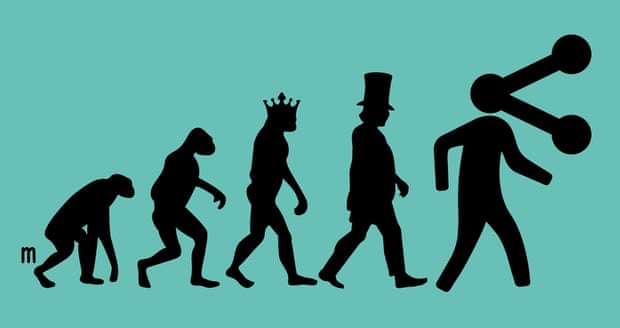jonathanturley | “Come on, man,” seems to be President Biden’s signature response to any uncomfortable question. The phrase is meant to be both dismissive and conclusive in ending inquiries, frequently used to counter reporters before often walking away. Indeed, it is so often repeated that it appears on T-Shirts or coffee mugs and in remixes.
This week, however, it was not the pesky press but freedom itself that got hit with a version of the comeback. When asked during a CNN town hall program about those still objecting to taking COVID vaccines, Biden mocked them and their claimed rights with “Come on, ‘freedom.’ ” He then called for any police officers, firefighters, medical personnel or other first responders to be fired en masse if they refuse to be vaccinated.
Biden’s response to the question was applauded by the CNN audience, as if to say “Freedom Pfff, that is so last century.” And he reduced any vaccine refusals to claiming “I have the freedom to kill you with my COVID.”
He is not alone in such rhetoric. Chicago’s Mayor Lori Lightfoot declared that police officers refusing to take vaccines are insurrectionists.
The problem is that the courts already recognize some religious exemption arguments. Those arguments are based on both the constitutional protection of religious values but also laws like Title VII of the Civil Rights Act, 42 U.S.C. §2000e-2(a), which declares unlawful any “employment practice for an employer … to fail or refuse to hire or to discharge any individual, or otherwise to discriminate against any individual with respect to his compensation, terms, conditions, or privileges of employment because of such individual’s … religion.”
The federal government also is subject to the Religious Freedom Restoration Act (RFRA), which prohibits the government and other covered entities like the District of Columbia from “substantially burden[ing]” a person’s exercise of religion. Under RFRA, there is no “Come on, man,” defense. Instead, the federal government must show that the burden imposed furthers a “compelling governmental interest” and is “the least restrictive means” of furthering that interest.
There is a move in many states to refuse to allow such exemptions, but courts have pushed back. In New York, the state is appealing a preliminary injunction against its refusal to allow religious exemptions to its vaccine mandate. A lower court found the governor’s mandate “has effectively foreclosed the pathway to seeking a religious accommodation that is guaranteed under Title VII.”
Likewise, the Sixth Circuit Court of Appeals this month affirmed such a preliminary injunction against Western Michigan University. The university allowed students to ask for individual exemptions but failed to grant religious exemptions under its discretionary policy.
The issue reached the Supreme Court this week when health workers challenged a similar law in Maine allowing for medical but not religious exemptions. Justice Stephen Breyer rejected an emergency motion but too much has been made over that order, which was not based on the merits of the claim. The appellate court was already expediting review of the case, and the dismissal was “without prejudice.” The health care workers can refile if circumstances change or if the appellate court rules against them. They also can refile if the lower court has not reached a decision by Oct. 29, when the vaccine requirement is scheduled to go into effect.



